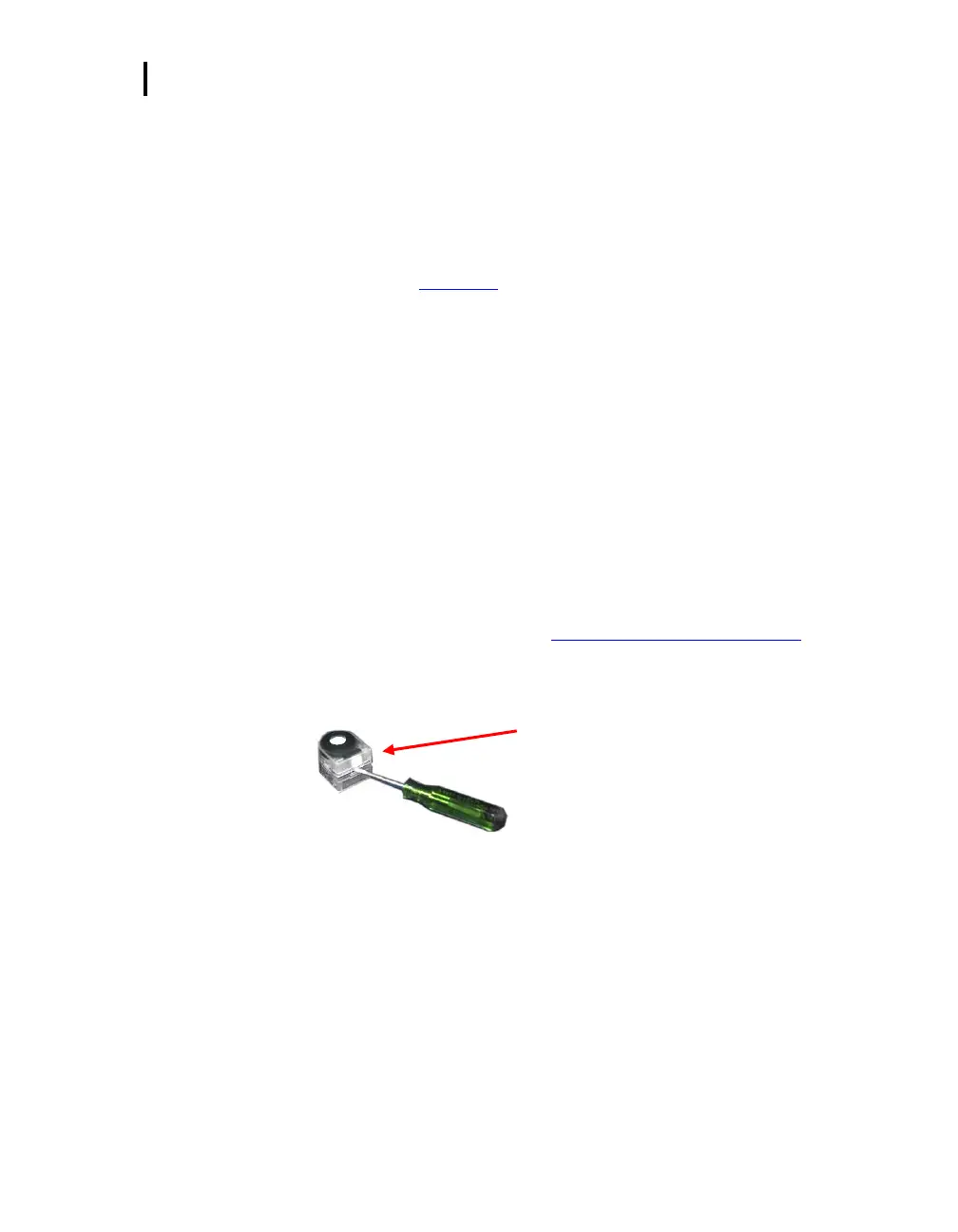Overview
Maintenance and Cleaning Overview of PID
EVM Series User Manual
Maintenance and Cleaning Overview of PID
Periodic maintenance is encouraged to ensure accurate VOC measurements. If you are in an
environment with high concentrations of VOCs with aerosols and high particulates, you will want to
check the calibration frequently and clean the components. When the PID loses sensitivity, you will want
to change the electrode pellet.
NOTE: Due to the increased sensitivity of the PID ppb sensor, it is recommended to replace this
pellet more often. (See Appendix A Accessories and adapters for details.)
The following are three recommended maintenance/cleaning benchmarks, recommended by
Ion Science.
1. After performing a zero calibration, the baseline climbs. (You should replace the electrode pellet).
2. Under highly humid conditions, replacement of the electrode is needed.
3. If the baseline is unstable or shifts when you move the PID, then cleaning is needed.
Cleaning PID Sensor
Cleaning of the PID sensor requires removing the plastic, intelligent sensor casing, removing the
electrode pellet, and removing the lamp. Once removed, the lamp is cleaned off with the cleaning kit
(available as an optional accessory). The flowing procedures explain how to clean the PID sensor
components.
Removing and Cleaning the sensor
1. Remove the PID sensor (follow steps outlined in, “Removing and Installing PID Sensor.)
2. Using a flat-head screwdriver, gently pry open the plastic, intelligent sensor casing where the small
rectangle crevice is on the backside of the housing. Using some force, lift the top off (the bottom
section is glued in.)
Figure 7-2: Removing intelligent-sensor casing with PID
Remove intelligent
sensor casing

